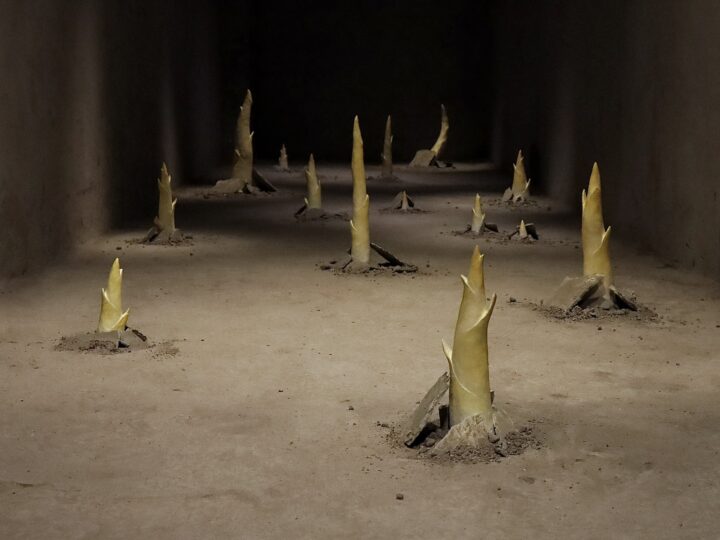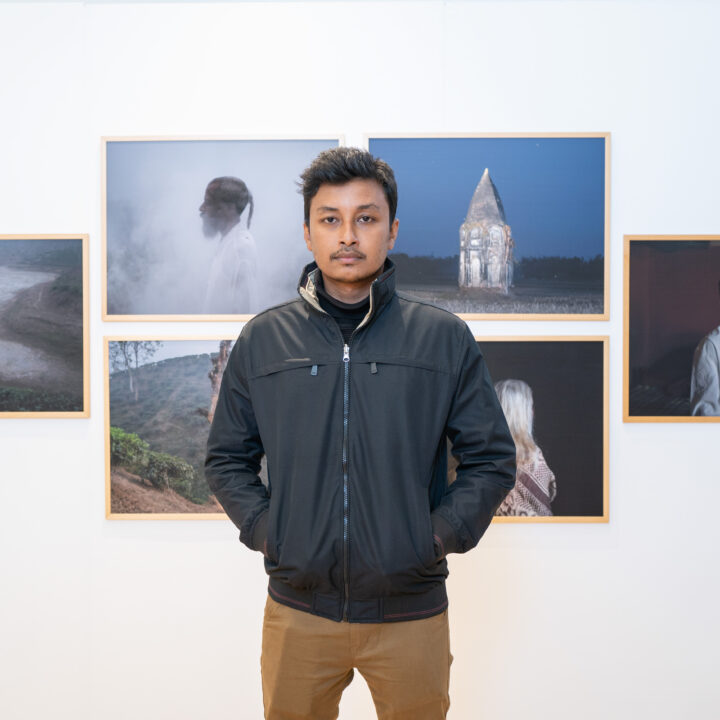- Closed


scroll
NEWS
-
May 4, 2025
Notice The Results of Selection for the Fukuoka Asian Art Museum Artist in Residence Program FY2025
-
Apr 19, 2025
Notice FAAM Collection on Loan (National Gallery Singapore)
-
Apr 3, 2025
Notice Artist in Residence Program Activity Report 2023-2024 has been published!
-
Apr 3, 2025
Notice New Exhibition Added in the “Virtual Museum”
-
Apr 3, 2025
Notice FAAM Collection on Loan (Tottori Prefectural Museum of Art, Japan)
Current Exhibition
Fiscal Residence Program
FAAM invites Asian artists, researchers and curators to stay in the museum to engage in various exchange programs with the local community in Fukuoka.
Collection
FAAM's 5,000 collections from 23 countries and regions in Asia stand out in its amount and quality.

広報紙
あじびニュース
展覧会・交流事業のお知らせ、交流事業やアジア調査のレポート、アジア作家・研究者の近況紹介などを満載しています。
※館内で無料配布しています


-768x1090.jpg)



















